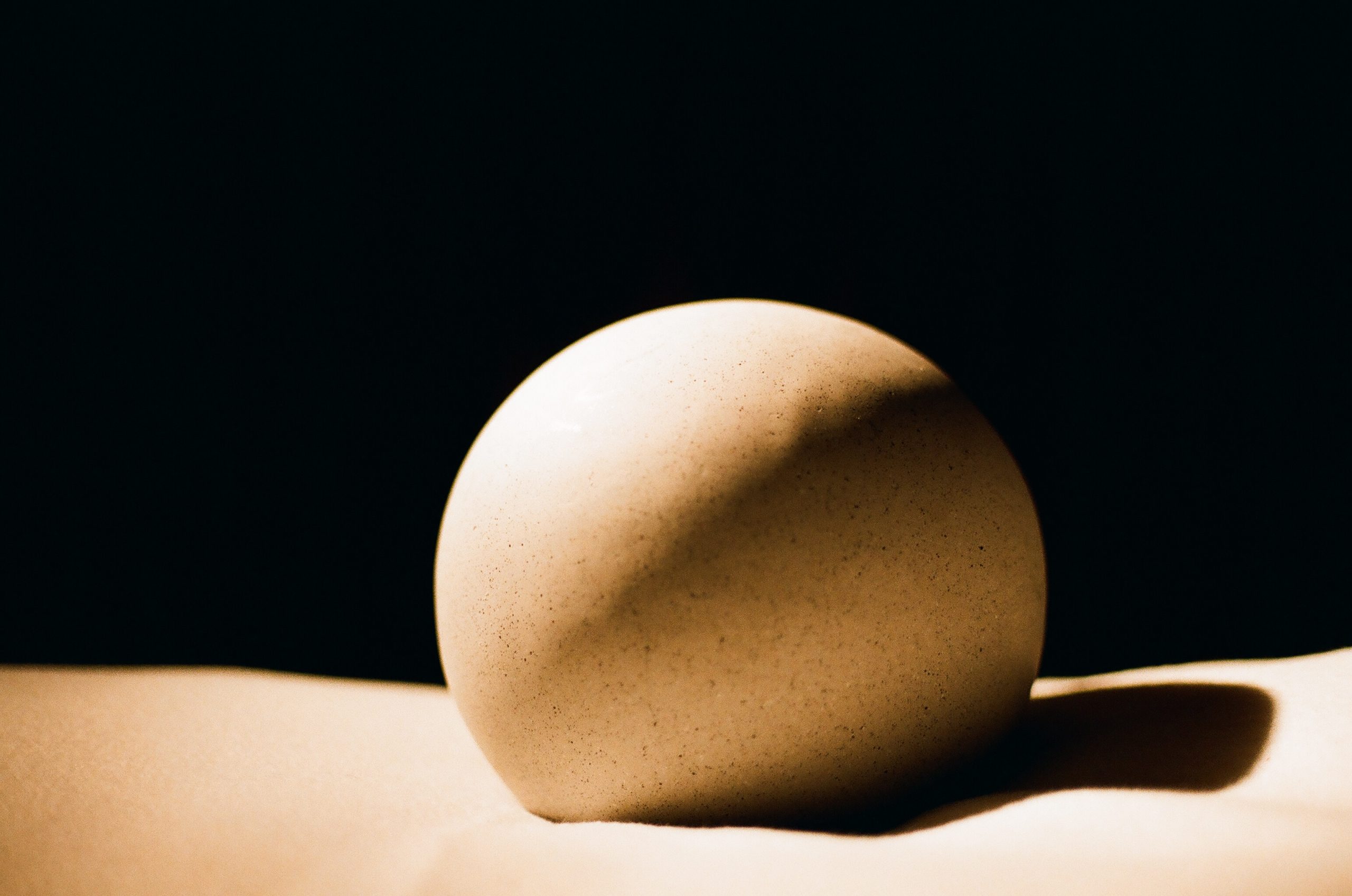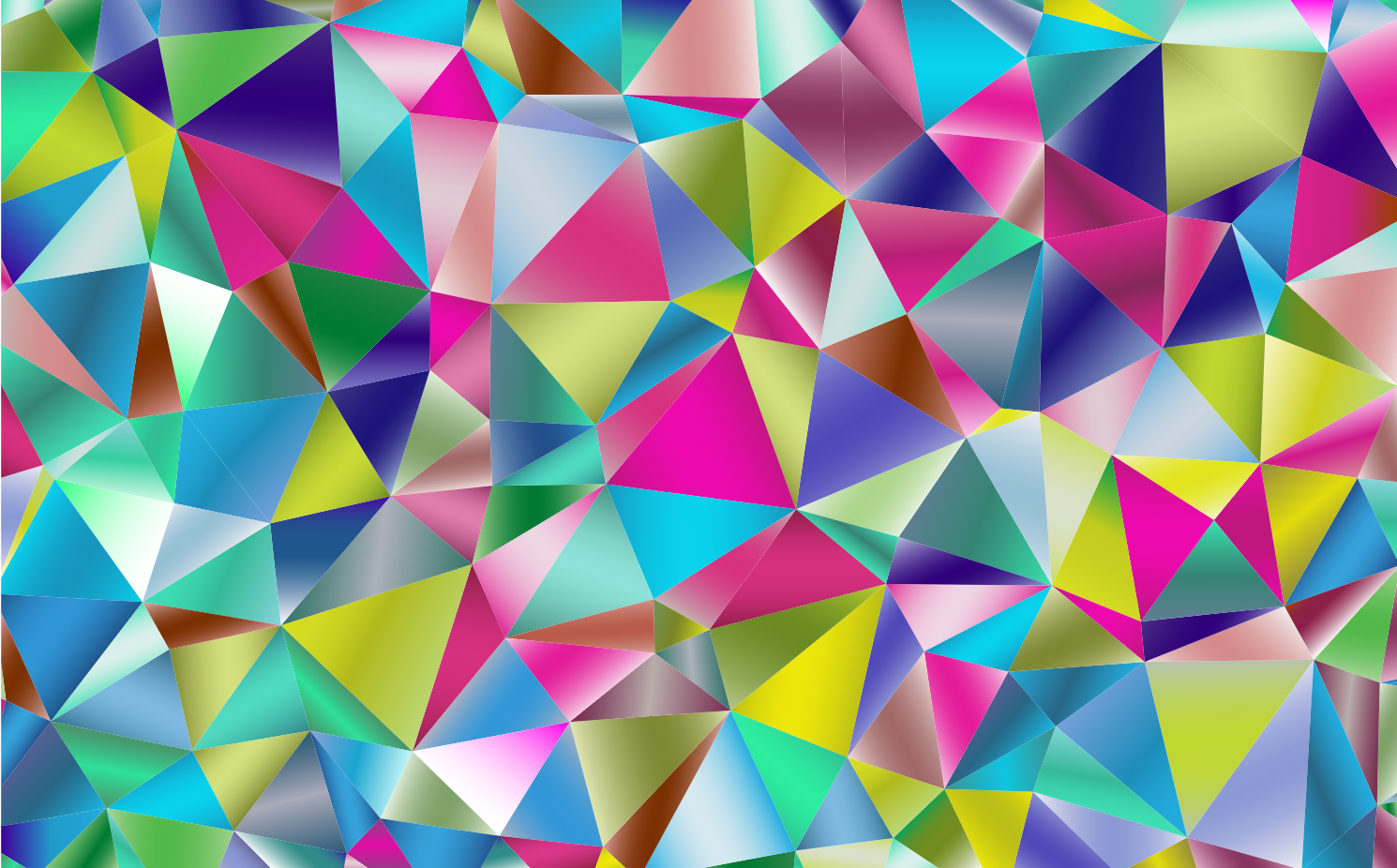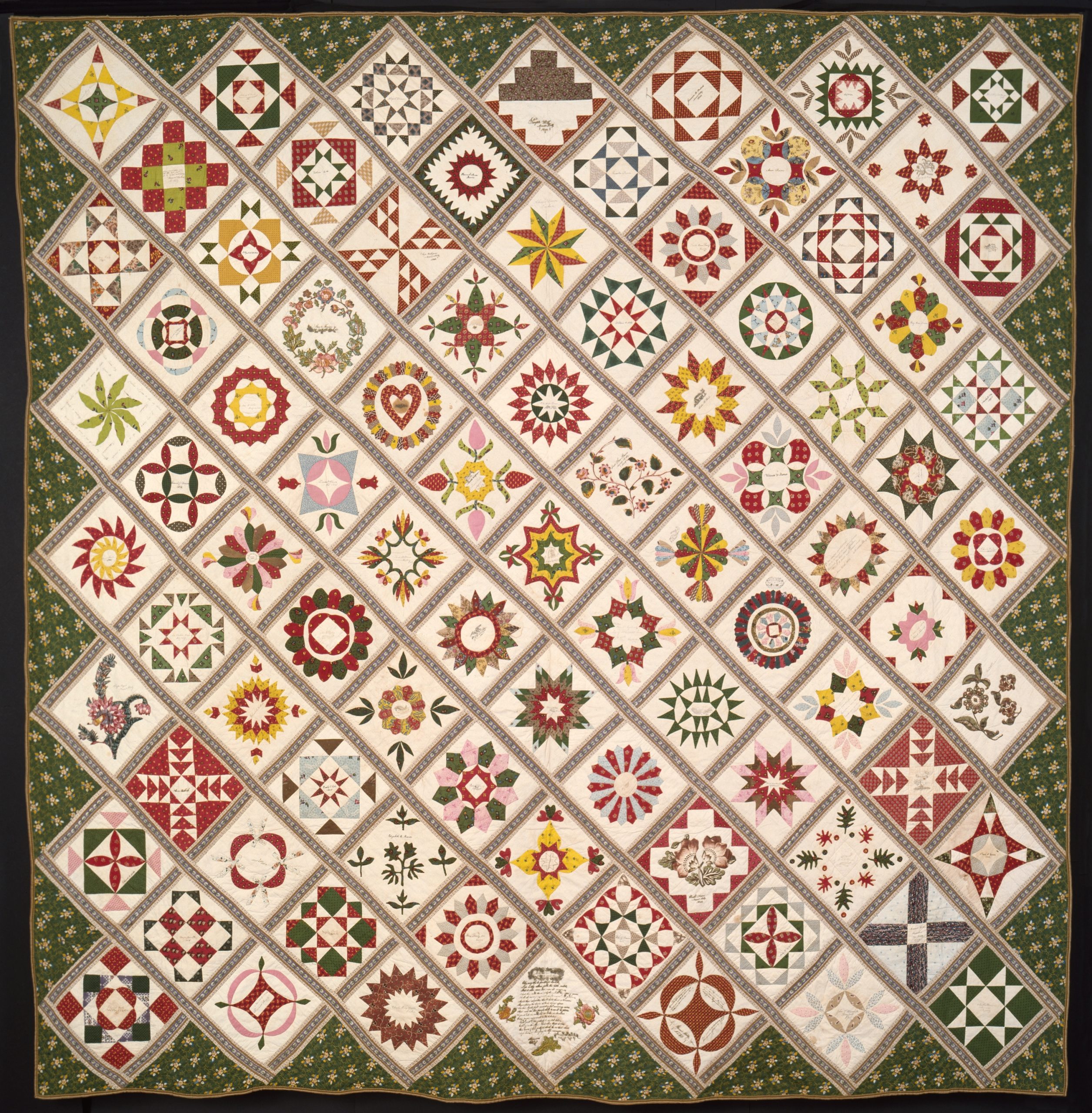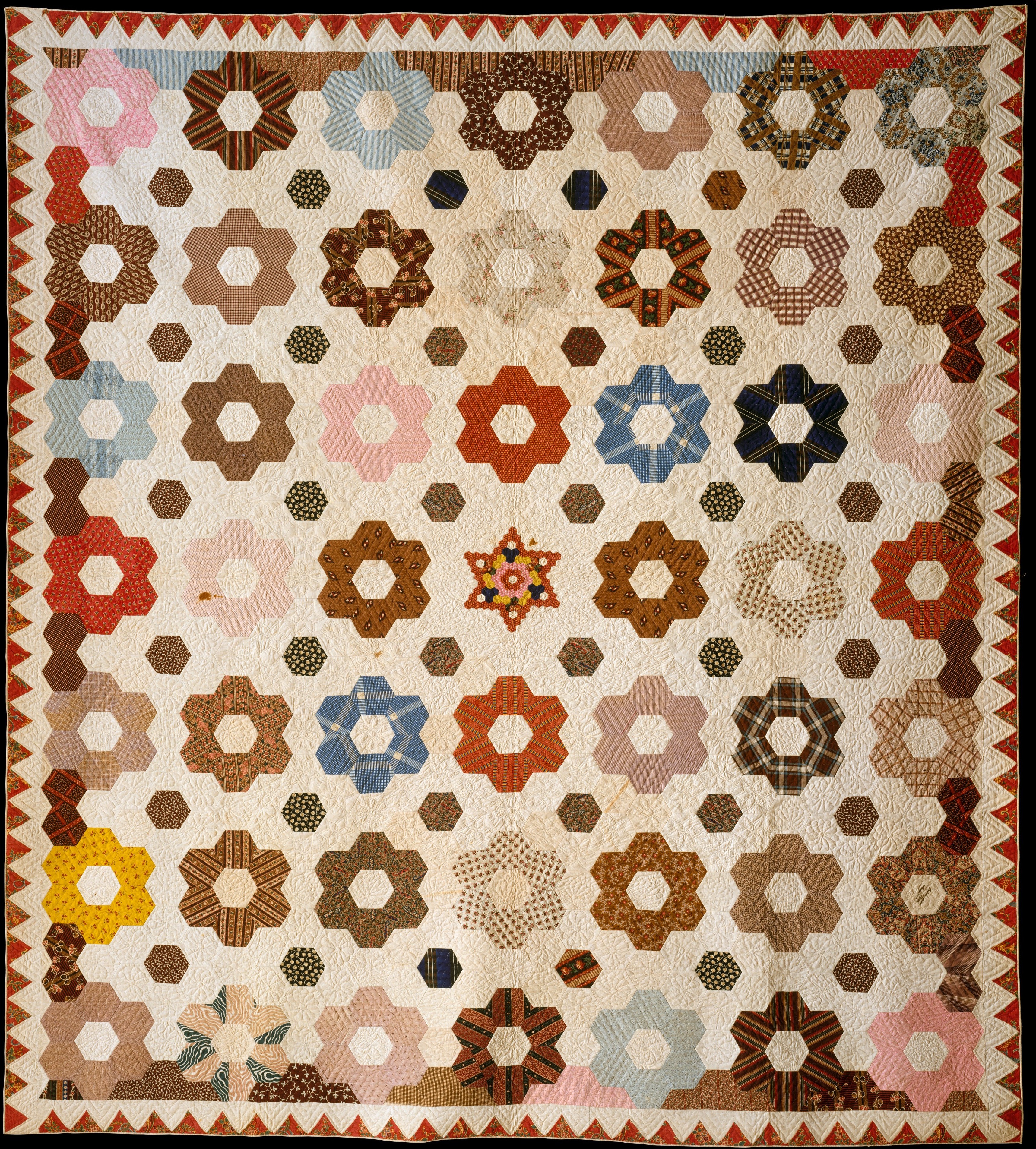Chapter 4: Shape Readings and Exercises
How to Draw a Circle
How to Draw Anything Using Simple Shapes
Planar studies
- Artyfactory – more info on shapes
Sketchbook:
Shading shapes
Draw a cube, cone, cylinder, pyramid, sphere, and any other shapes you’d like to explore. Using a pencil, add various types of contrast to the shapes, hatching, cross hatching, cross contour, blending, or smudging. The direction of your lines should match the angle or size of the shapes.

Shapes can convey emotion:
What could a single shape represent? Draw at least 5 different shapes in pen, consider types of emotion a shape could evoke. What shapes would you use for anger, fear, hunger, joy…
Acute angled shapes with sharp points could be perceived as dangerous shapes.
Configure text:
Look at modern graffiti. Notice how and where letters overlap and engage. Most importantly, focus on the negative space and shapes in, around, and between the letters. Chose a word or use your name to make a three dimensional graffiti shape, one solid shape. Draw it out on a piece of sketchbook or Bristol paper, make sure there is consistency in the height and width of each letter. Use scissors or an exact-o knife to cut the word out. Trace the letters/word at least three times on larger Bristol paper (16”x20”) to give it an abstracted dimensional appearance. Extend off the edge of the paper, overlap, or flip your stencil to create an illegible composition. With pastels or color pencils, use a warm or cool color scheme to fill in all the shapes; positive and negative. (Assignment could be possible in Photoshop or Procreate.)
Room perspective study:
Look around the room you’re in, notice the size and shape of the walls and windows, how the floor meets the edge of a wall, how furniture sits within the area, and how your body is positioned within the environment. In your mind’s eye try to simplify this environment. Could the walls be streamlined into rectangles or squares? Could the furniture be visually broken down into circles, rectangles, or triangles? And as you engage in this environment how does your body relate to the space, the furniture, are there other people? Use pencil when starting this drawing, your entire drawing should be based on the use of basic shapes.
As a reminder:
- Look at subject – a lot.
- Observe light and details.
- Strategize placement on paper.
- Be aware of composition.
- Do not erase if it is a sketch. (Or don’t obsess over erasing.)
In class sketchbook:
Exquisite Corpse: Classmate interaction, minimum of three students producing an exquisite corpse. Fold a large piece of drawing paper into a section for each artist – three persons, three folds; four persons, four folds. Leave leading/starting lines on the edge of the folded section, when the paper is passed to the next artist, use the starting line for their drawing section. Use complete, enclosed shapes to develop a character, creature, animal, insect, etc. with any media.
- Cadavre Exquis (Exquisite Corpse) Tate Museum
- MoMA – exquisite corpse with examples from the Surrealists.
Exquisite Corpse
Origami: Make a few three dimensional objects and draw them in pencil.
How to Make a Paper Moving Flexagon
Reading assignment
Fibonacci: Read about the Fibonacci sequence in art. Are there examples found in art and nature that reveal a connection to math. Find three works of art that illustrate the concept of Fibonacci.
- Art File Magazine
- The Golden Ratio in Art and Architecture, from Fibonacci.com
- Fibonacci Art, from CSU Northridge
- The Golden Ratio and Fibonacci Sequence in Art, from Compulsive Contents
- The nature of design: The Fibonacci Sequence and the Golden Ratio, from Cleveland Design
Cubism: Read about Cubism and the ways Pablo Picasso and Georges Braque used shapes in their compositions.
Writing assignment:
Describe Shape and Composition: go to the antiracist website locate and select three works that use shape heavily in their artwork. Describe how and where shape is used and what attracted you to their work.
Things to consider when thinking and writing about their art: What is happening in the composition, how do your eyes move across the surface area? Is there a directionality with the image, marks, or design? What type of shapes and media is used? 150 words per artwork.
Large projects:
Triangle mosaic
Use only triangles to create a dynamic composition. Once you have thoughtfully created your image with varying sizes and rotations of the triangles, consider how color can change/effect your design. Open to any color media. You can only use triangles!!

ddfdasdf

Square design
Start with a 15”x15” square on your paper. Divide that into smaller squares, rectangles, or poly shapes. Fill the whole area with a shape only (non-recognizable object) design. Think about quilting, tessellations, tiles, honeycombs; use shapes and patterns that could connect and extend beyond the edge of your composition. Use any color media.
Quilts at the Metropolitan Museum of Art



Girih tiles
Girih tiles are five geometric designs which are used to create complex mosaics in Islamic architecture, with some of the most notable examples being in Iran. The earliest uses of these shape-based decorations date from around the 12th century CE in what is now Turkey. Around half Anatolian girih tile monuments indicate financial sponsorship and patronage from women, or are dedicated to women.
By examining the basic shapes and then seeing how they are assembled, one can gain a sense of how a few relatively unremarkable shapes can be used to create extremely complex artwork.
Girih Designer is an online tool which allows one to create their own patterned mosaics in a web browser. Or, you could try printing your own and cutting out the shapes to get a sense of how the tiles function.


Patterned Girih tiles, Trenton Cronholm, CC BY-SA 3.0.

For more information, see “Girih Tiles for Interactive Islamic Designs,” from by Laura Taalman.

